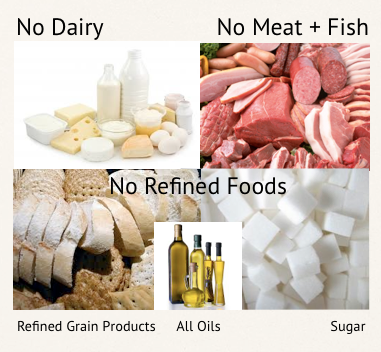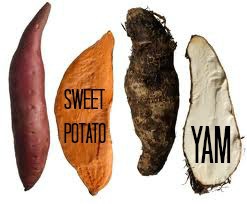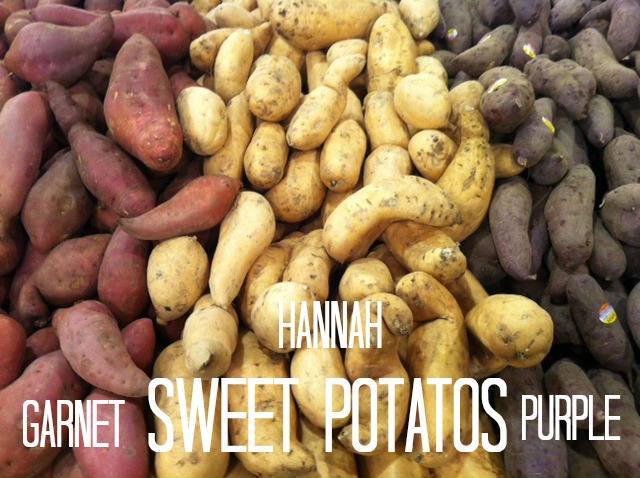Should you go nuts over nuts?
/When I began seriously learning more about diet and health I was 15 pounds heavier than I am now. I wasn't huge by any means, but I had always been a lean athlete and wanted my body back. I suffered a severe ankle break skateboarding the year before and the weight slowly packed on.
I began eating a whole foods, plant-based diet after watching the jaw-dropping research of Dr. T Colin Campbell, author of The China Study, and Dr. Caldwell Esselstyn, author of Prevent and Reverse Heart Disease while working as a Nutrition Educator for The Food Trust.
Now, not only could I maintain a healthy weight without restricting how much I wanted to eat (my favorite part!), but I could highly increase my chances of preventing the chronic diseases that killed my grandparents and help others do the same. Yes!
But after months eating a plant-based diet, I didn't drop a pound. I learned later, high-fat plant foods such as nuts, can be a weight-loss killer when not eaten correctly. Do I still eat nuts now? Hell yeah I do, but there is a trick to eating them correctly ;)
And it's not just about the weight... high-fat plant foods like nuts, can impede on lowering really stubborn cholesterol, and reversing type II diabetes and heart disease.
So don't make the same mistakes I did! Learn how to eat nuts correctly to reverse AND prevent disease in this week's episode of Take Control Tuesdays above. And then get your booty over to comments section below and take action now towards better health!
FYI - commenting is part of taking action! As the research shows... the more support people have, the more they adhere to diet aka get results ;) So..










